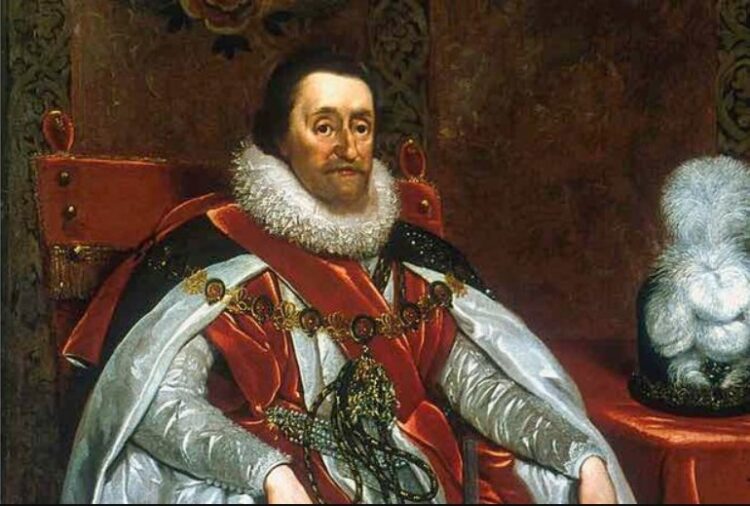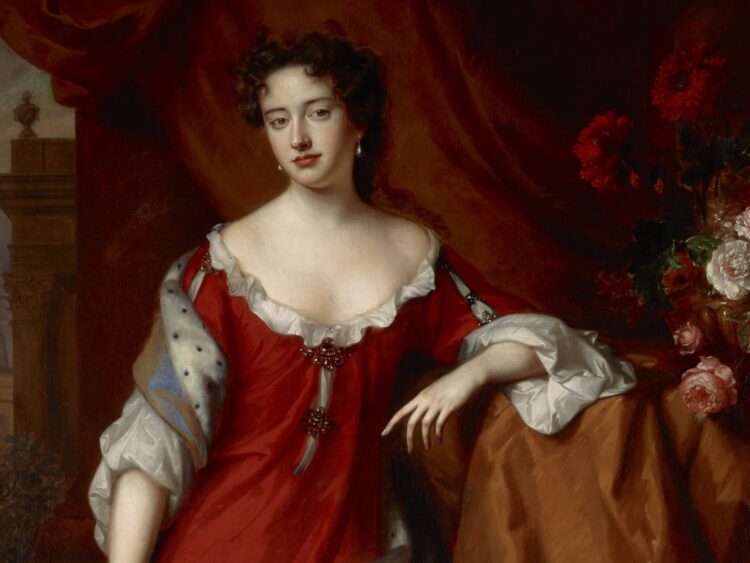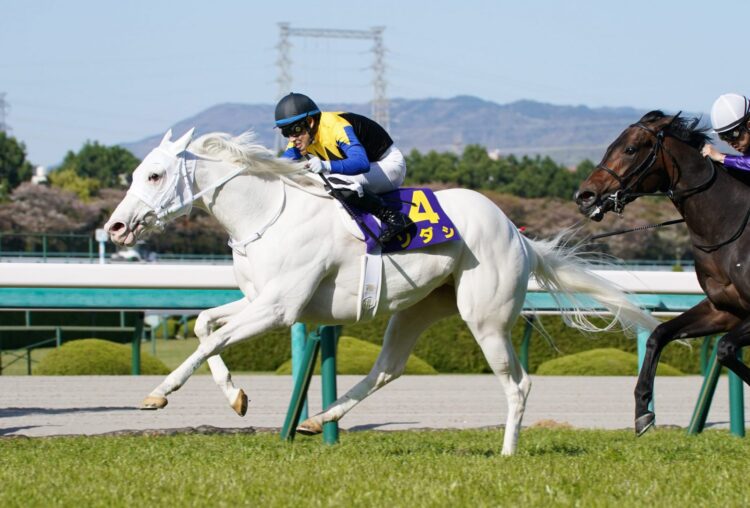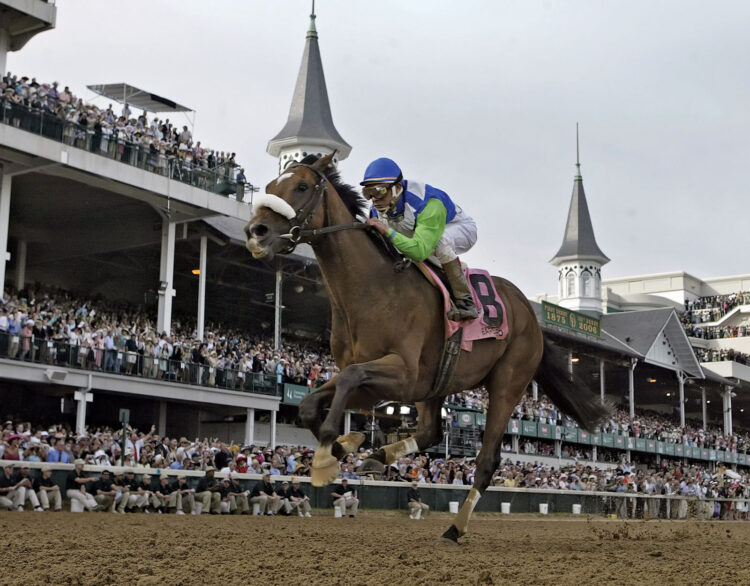Horse racing is an ancient sport. It dates back to around 4500 BC when nomadic tribes from Central Asia domesticated horses and began racing with them. From that moment on, horse racing has gained popularity among betting fans, which has not declined to this day.
The history of betting on horse races speaks in favor of the fact that from the very beginning, horse racing has been a favorite sport of great civilizations around the world. The ancient Greek Olympic Games also organized carriage races and horse races. This type of betting was also popular in the Roman Empire.
As you can guess, the history of betting on horse races is full of interesting facts. Are you in the mood to find out all about them? Let’s get started!
How Did It All Start?
The beginnings of what is known as modern horse racing can be traced back to the 12th century, when English knights riding fast Arabian horses returned from the Crusades. Over the next four centuries, an increasing number of Arabian stallions were imported and bred in England, and possessed speed and endurance. The nobility of that time would bet on matches in which the fastest horses took part.
King James I

Wondering when horse racing actually started? You are not the only one who is interested in accurate data. However, despite all the available writings and sources, it is difficult to determine the exact moment when it all started. Even though the first formal horse races took place during the reign of Henry II, they came to the fore only during the reign of King James I.
After he turned a small place called Newmarket into a center for horse racing and building a castle in which races were organized, there was a growing interest in this type of entertainment and pastime. This royal resort has become a famous synonym for horse racing and is very important when it comes to the history of betting on this sport.
Queen Anne II

During the reign of Queen Anne II, horse racing began to become a professional sport as we know it today. The history of betting on horse racing teaches us that racetracks have appeared all over England, offering ever-increasing odds to attract more people. Queen Anne first imagined a large racecourse in Ascot in 1711.
During one very ordinary afternoon, while riding her favorite horse, she came up with the idea to build a horse race track near Windsor Castle. Shortly afterward, more precisely, at the end of 1711, the first horse race was held in Ascot. To this day, the Royal Ascot festival, which is held every year, pays tribute to Queen Anne, with the help of which one of the sports that people bet on the most came to life.
The Jockey Club and Racing Laws

Given that the craze for betting on horses has taken off, the logical sequence of circumstances was to introduce laws that will regulate all activities related to this type of entertainment. For a start, The Jockey Club was established to control all races. Its purpose was also to impose certain rules that prevented dishonest actions and that contributed to every race being performed fairly.
The Jockey Club also worked on regulating the breeding of racehorses. James Weatherby, whose family took care of the members of The Jockey Club, was given the duty to accompany every racehorse in England. He was appointed Secretary and stakeholder of this horse racing organization. Until the early 1800s, the only horses allowed to race were those that originated from the horses listed in the General Stud Book. These horses were called ‘purebreds’.
The Racecourse Betting Act Passed in 1928

As the history of betting on horse races says, Sir Winston Churchill passed the law on betting on races in 1928. With the help of the law officially called the Racecourse Betting Act, all bets on horse races were well controlled and taxed. This gave considerable credibility to sports betting because people no longer had to come into contact with suspicious people in order to bet.
The Betting and Gaming Act Was Passed in 1961

You know (or maybe not) that betting on all sporting events has been banned by law in the UK (and the western world) for many years. However, in 1961, betting was finally legalized. This is an important date when the history of betting on horse races is in question. Why? Because people had easier and wider access to sports betting.
Additionally, the law, which said that companies must give a percentage of their earnings to the board, meant that now all the funds that will be directed to sports are finally available.
Purebred Horse Racing In the USA

British settlers brought horses (and horse races) to America. The first racetrack was built on Long Island in 1665. Although horse racing was a popular local sport, organized racing gained importance only after the Civil War in 1868. In the early 1900s, racing in the United States almost disappeared due to a betting ban.
By 1908, only 25 racetracks remained. In the same year, pari-mutuel betting was introduced, which made a turnaround at least when it comes to horse racing, becoming the standard for horse race wagering. Many state legislatures have agreed to legalize pari-mutuel betting in exchange for a certain amount of money from betting.
As a result, horse racing betting flourished until World War II. During the 1950s and 1960s, the popularity of horse racing declined. However, in the ‘70s of the last century, there was an increase in popularity, which continues to this day everywhere in the world.
Sports Betting Is Moving Into the Online World
Back in 1996, the first fully licensed betting website/sportsbook, Intertops, was launched. Passionate bookmakers around the world have accepted the possibility of betting from their homes with open arms, and this type of betting has quickly come to life in the world.
Horse racing is recognized as one of the most valuable sports markets. Therefore, we should not be surprised that the best bookmakers provide outstanding services and cover races across the world. And, at the same time, they offer the best odds. Some of those trusted bookmakers can be found by the link.












